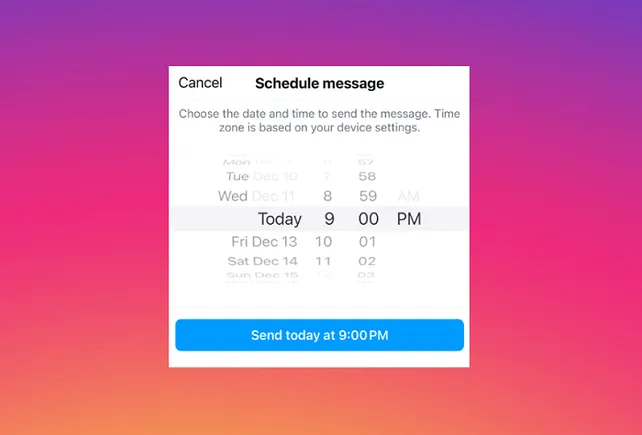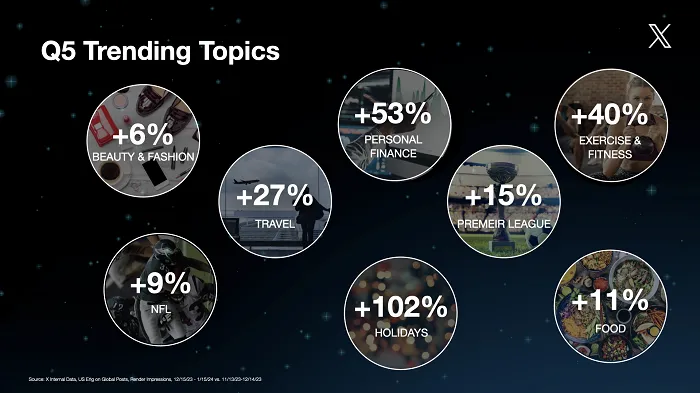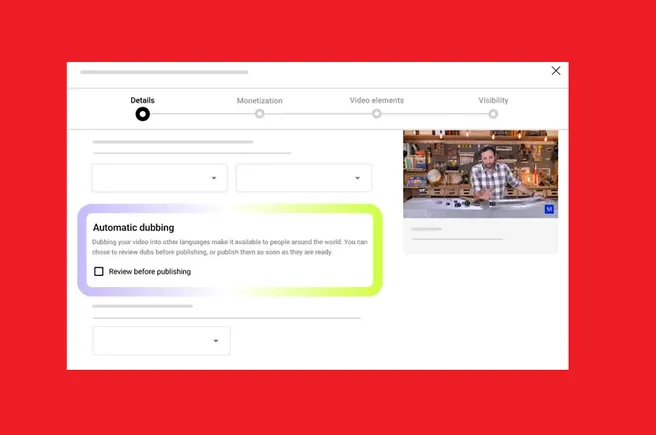In my career, I have helped companies implement billions of dollars of technology. If I could go back in time, the one piece of advice I would give these brands would be to prioritize people over systems or software.
This is confirmed in a study by the CDP Institute which found 25% of respondents cited organizational readiness as the most common problem when deploying a CDP.
The CDP market is expected to increase at a compound annual growth rate of 17.9% through 2030. If your organization is considering a CDP, be sure to spend time planning upfront and preparing for the organizational challenge to come.
Here are three paramount points to consider.
1. What’s stopping us?
For most organizations, the top use cases for implementing a CDP includes unifying data, improving personalization, and optimizing the omnichannel customer experience. While there may be different use cases specific to your brand, the first question to ask in every situation is, “Why haven’t we been able to do this before?” And, if your answer is “technology,” that’s a cop out. More likely, there is a lack of alignment across the organization, lack of ownership, or skill mismatch. While technology solves part of the problem, there are human and process related root causes that should be surfaced and discussed as these challenges will not go away once the CDP is implemented.
I have heard too many conversations where clients’ “little voices” told them jumping into a complex technical deployment was not the right thing to do at that moment, but they did it anyway. The results were deployments that were over budget, took more time, caused great frustration, and required a longer time to pay back. While overused, the adage, “Measure twice, cut once” applies here. Take the time to plan upfront to avoid pitfalls. And, if you’ve already done a massive deployment, you can still take a step back to understand the fundamental problems and identify fixes.
2. Do we have the right team onboard?
So, the Board and the executive team are bought into the CDP. Now what?
In reality, the Board and C-suite are not the folks who will be responsible for the implementation. For that, you’ll need to get the right senior managers, middle to lower managers, and day-to-day team onboard. Preparing this cross-functional team for the changes ahead of time, rather than during the implementation is a best practice. Be sure to involve the team early, involve them in decision making, and involve them in simulations to work out how the use cases will change their ways of working once the CDP is in place. This role play will help identify friction points and areas to be addressed before the implementation is in progress.
This team may surface the need for training, the need for more resources, or the need for different resources. The budget should include allowances for changes in the people-side and process-side, as well as, technology. Spending all your money on the technology without fortifying and arming your people and process is a recipe for a fiasco.
Dig deeper: What is a CDP and how does it give marketers the coveted ‘single view’ of their customers?
3. What are we really looking to achieve with a CDP?
To drive alignment, organizations need to articulate what they are truly looking to achieve with a CDP. This includes understanding the qualitative and quantitative measures that will help your organization understand if they’re headed in the right direction.
But, don’t stop there. Just capturing a vision and how to track progress is only one piece. Organizations also need to dive deeper to understand the headwinds and tailwinds their teams will face on this journey. Discussing mitigation strategies will help with preparedness. At the end of the day, deploying a CDP or any other large-scale system is more of an organizational leadership challenge than a technology challenge. This leadership challenge will require winning hearts and minds, mobilizing energy, and motivating internal and external constituents.
At the end of the day, the successful deployment of a CDP will likely come down to the success of your people rather than the technology itself. Doing a bit of reflection ahead of time by asking these 3 questions will help identify potential roadblocks and speed bumps ahead of time.
The post 3 points to consider before implementing a CDP appeared first on MarTech.









































































